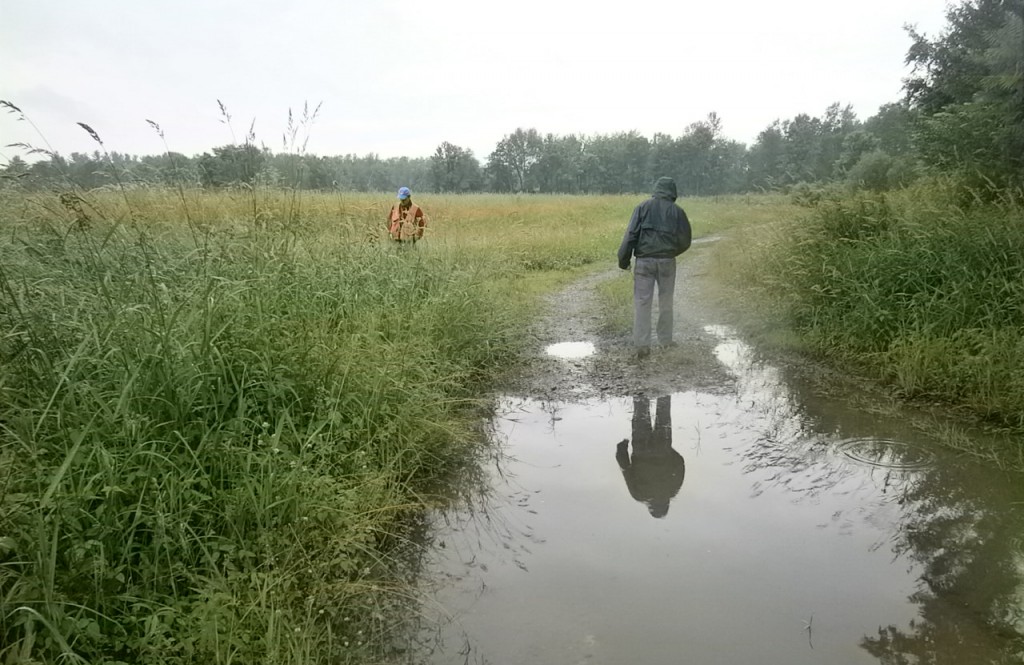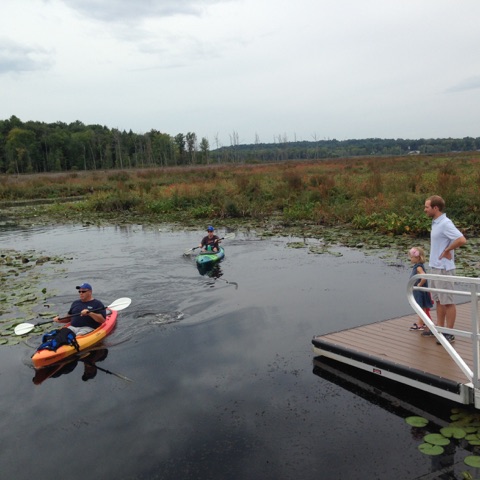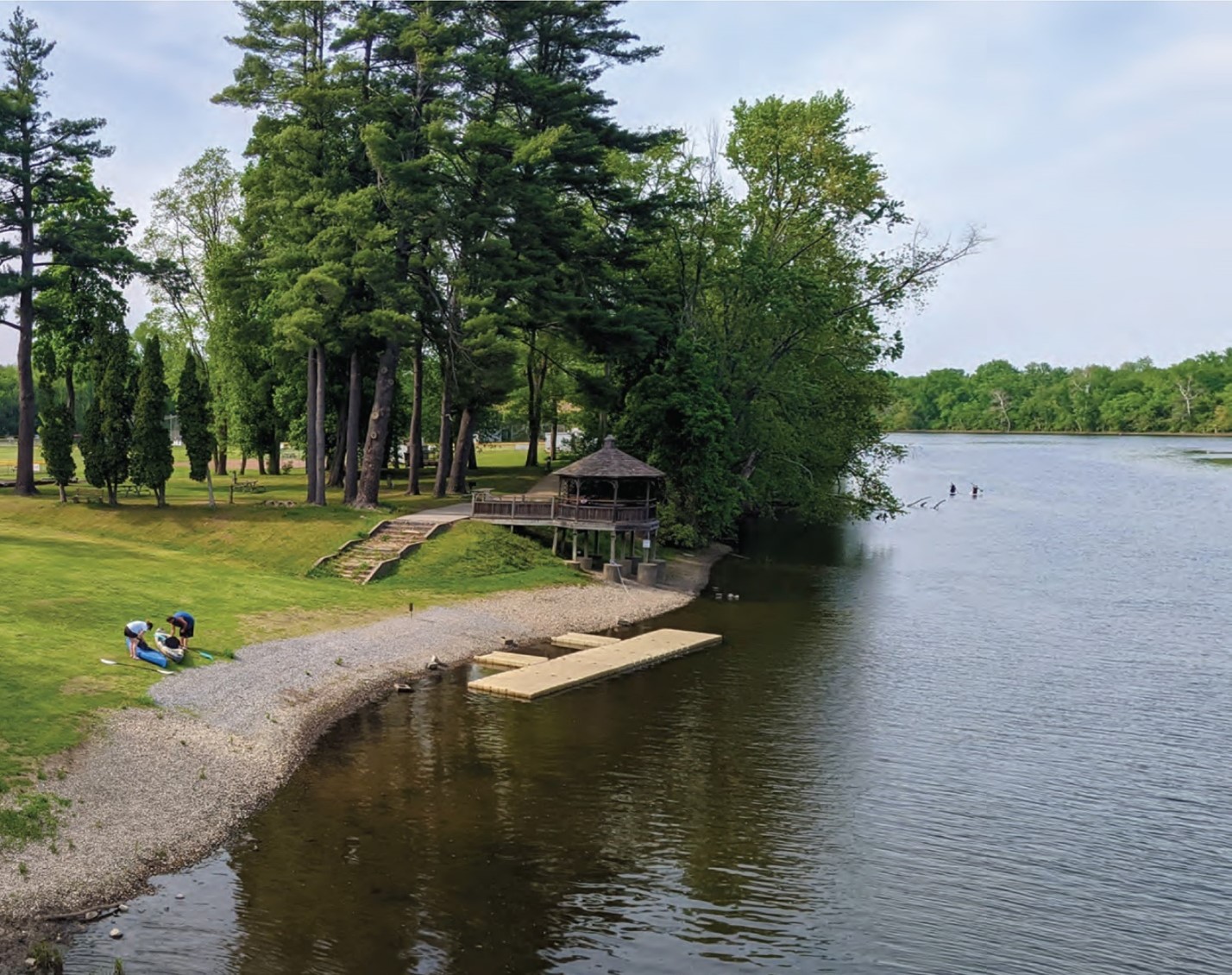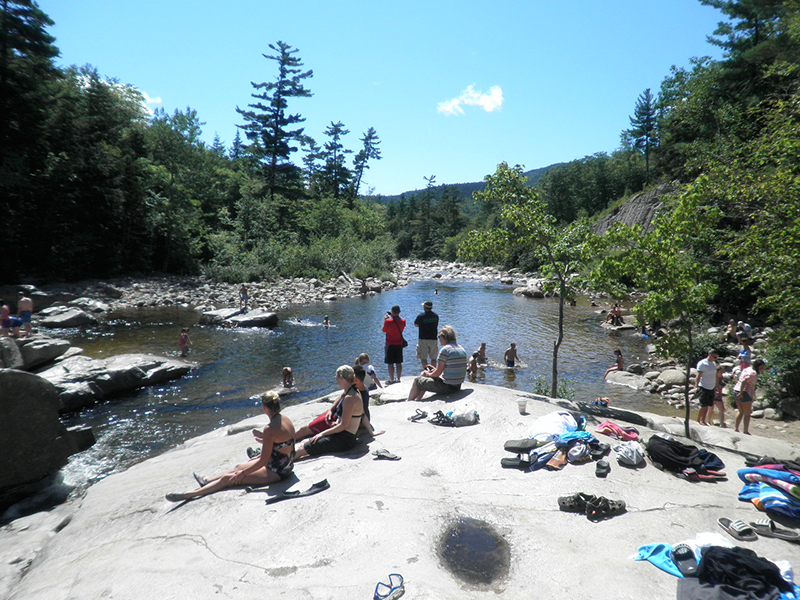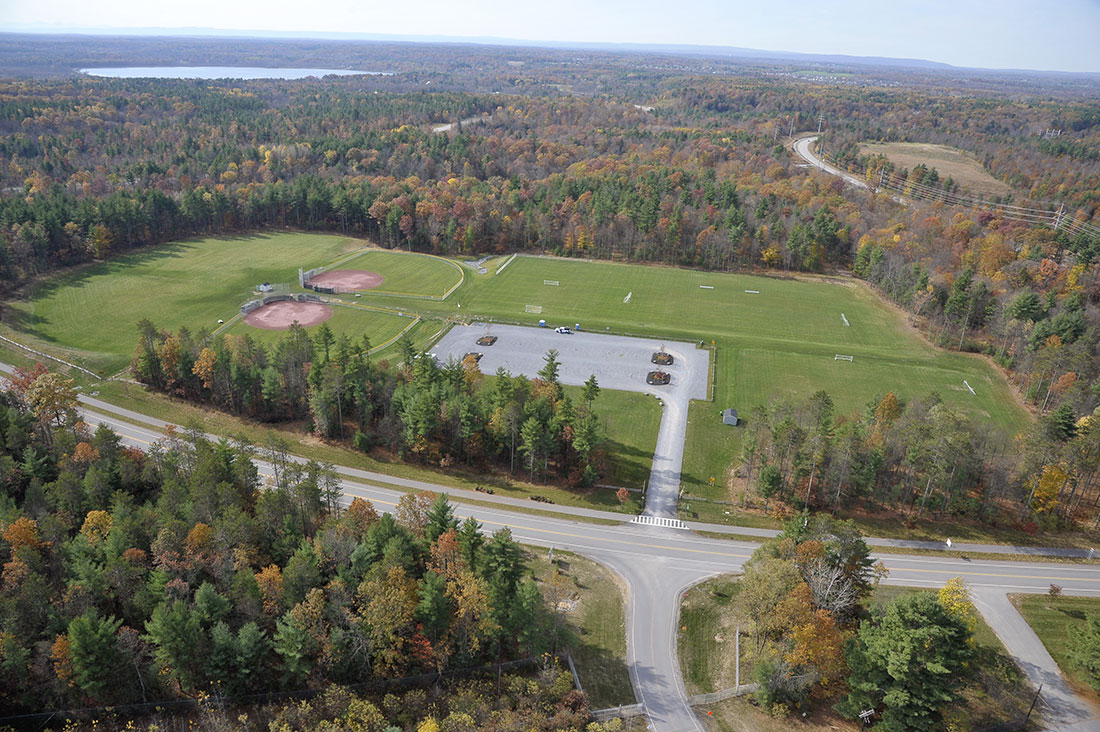Round Lake Preserve
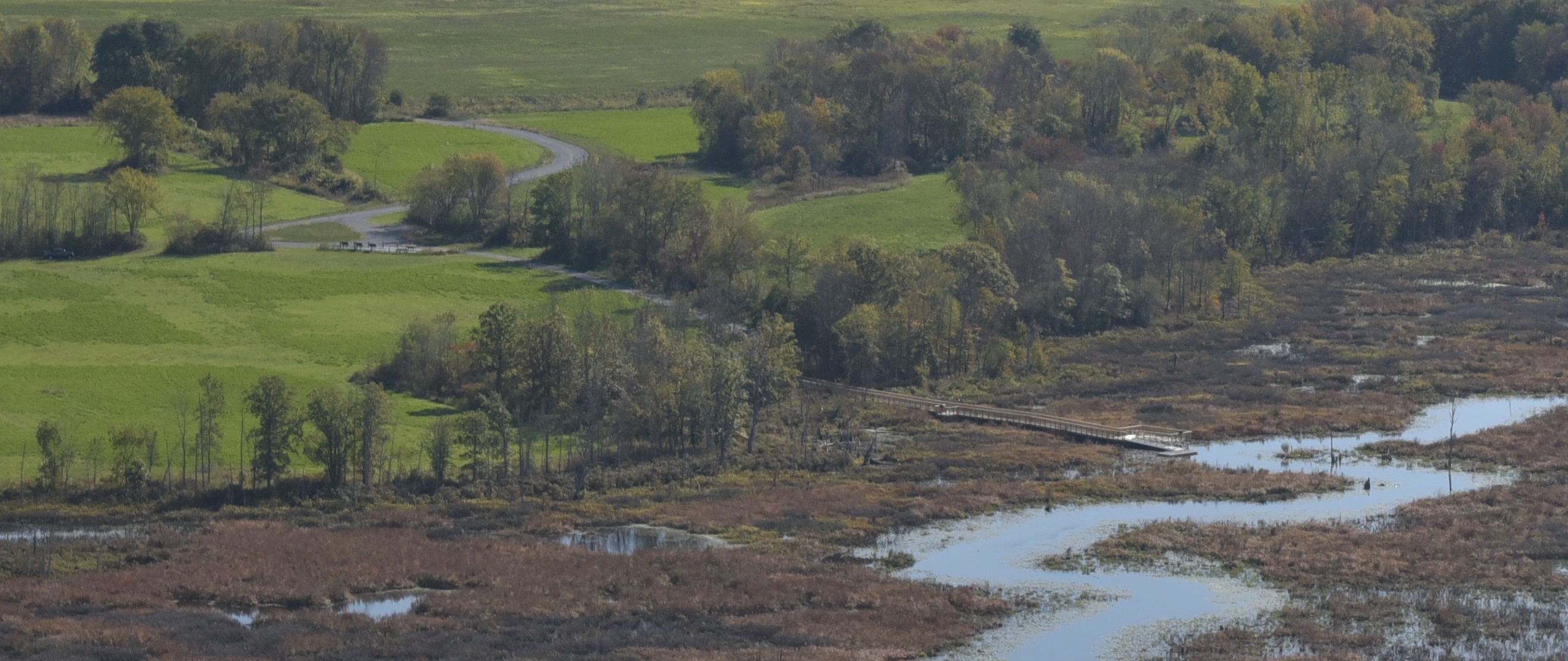
- Client
- Town of Malta
- Location
- Malta, NY
- Service
- Community and Regional Planning, Environmental Planning and Permitting, Landscape Architecture, Site Civil Engineering
- Market
- Government, Sports and Recreation
Project Overview
The Town of Malta and Saratoga PLAN purchased land adjacent to Round Lake and the Anthony Kill to permanently preserve a critical environmental area for ecological, archeological, open space, and recreational protection. In doing so, farmland, scenic vistas, critical environmental areas, and historical resources of the site and region are protected and public access to Round Lake is provided.
The resultant Round Lake Preserve is intended to provide multiple passive recreational and cultural opportunities to the community, including, but not limited to, improved site access, a formalized parking area, accessible trails, boardwalks, fishing access and viewing areas, educational and interpretational opportunities, entry and site identification signage, and a car-top boat launch. Ultimately, the Round Lake Preserve is intended to provide a unique sense of place and create a destination park that attracts a wide variety of users that continue to return throughout the year. Scope of work included site analysis, public outreach, concept plan alternatives and perspective renderings, environmental and historic interpretive theming, cost estimates, and the preparation of a final master plan report. Scope also included construction documents for $600K Phase 1 improvements.
Project Highlights
- Preserves critical environmental area for ecological, archeological, open space, and recreational protection.
- Provides public access to scenic vistas and waterfront.
- Creates a destination park.
- Education and interpretational opportunities provided.
Challenges/Benefits
One of the primary challenges of the project was finding the right balance between passive recreational development and a respect for the unique environmental attributes of the site. This balance served as the design basis for the development of the property, ultimately providing passive recreation opportunities while also preserving this archaeologically sensitive area and critical environmental watershed.

